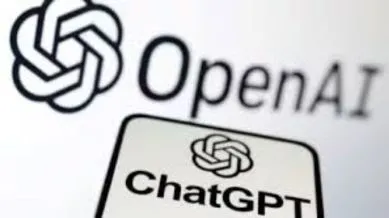As artificial intelligence increasingly demonstrates its potential to streamline judicial processes, courts are approaching its integration with caution. While AI can assist in case management, document analysis, and predictive legal research, concerns over bias, accountability, transparency, and ethical implications have made judges and policymakers wary. The judiciary seeks to balance efficiency gains with the need to preserve fairness, human discretion, and the rule of law. Legal experts emphasize careful pilot programs, ethical oversight, and gradual adoption to ensure AI serves as a supportive tool rather than a decision-making authority, safeguarding trust in the legal system while modernizing operations.
Potential Benefits of AI in Judiciary
Artificial intelligence offers multiple advantages for legal systems worldwide. By automating repetitive tasks, such as document review, case categorization, and legal research, AI can significantly reduce administrative burdens and expedite proceedings. Predictive analytics can also assist judges and lawyers in understanding precedent trends and potential case outcomes, improving decision-making efficiency without replacing human judgment.
Concerns Driving Caution
Despite its potential, courts remain cautious due to risks associated with AI. Bias in training data, lack of transparency in algorithmic decision-making, and questions of accountability if errors occur are major challenges. Ensuring that AI recommendations do not infringe upon legal rights or substitute human discretion is a priority for judicial authorities.
Ethical and Legal Oversight
To address these concerns, many jurisdictions are implementing pilot programs and ethical guidelines for AI use in courts. Oversight mechanisms include transparency in algorithms, auditing for bias, and retaining judicial authority over all final decisions. Legal experts advocate a gradual approach, allowing time to evaluate AI’s reliability and societal impact before broader adoption.
Global Trends and Lessons
Courts internationally, including in Europe, the United States, and parts of Asia, have tested AI-assisted legal tools with mixed results. These experiences highlight the importance of governance frameworks, clear accountability lines, and ongoing evaluation. India’s judiciary, while exploring AI solutions, emphasizes careful implementation to maintain public confidence and uphold justice.
The Road Ahead
AI is poised to enhance judicial efficiency and accessibility, but cautious, principled integration remains key. By combining technological innovation with ethical oversight, courts can modernize operations while preserving fairness, transparency, and public trust, ensuring AI complements rather than replaces the human judgment essential to justice.

Comments